Forget the differences between Gen X, Gen Y, and Gen Z. When it comes to health, there’s one factor that seems to be unifying all generations (whether we like it or not), and that is the fact that we are the “Indoor Generation.” Thanks to the convenience provided by technology, the average American spends 90 percent of their day (more than 21 hours) indoors.1
For one reason or another, many people might think spending more time indoors could be a good thing. The negative health impacts of urban pollution and other environmental toxins are top of mind for many people. But what many don’t realize is that indoor air can be up to five times more polluted than outdoor air. Kids’ bedrooms are also often among the most polluted rooms in the house.1
We often talk about detoxing our bodies and our environment to improve our health. And if there’s one room in your house I would recommend detoxing first, it’s a good idea to start with your bedroom, where you spend a third of your life. So if you’ve ever wondered what’s in your mattress, keep reading for tips on what you can do to reduce your exposure to toxins.
The Sleeping Microenvironment
Over the last 50 years, the development and introduction of new manufacturing lines and synthetic polymers and materials have made considerable changes to homes and indoor consumer products. Many of these products are everyday household items most American households have today, such as electronic devices, cleaning products, textiles, and plastic items. And while many aspects of our lives have changed for the better due to these items, studies have shown these items contain substantial amounts of chemical additives, such as:2
- Flame retardants
- Plasticizers
- Antioxidants
- Perfluorinated compounds
These chemical additives release volatile organic compounds (VOCs) and semi-volatile organic compounds (SVOCs) in a process commonly called off-gassing. Unfortunately, VOCs and SVOCs have become unavoidable in our lives despite their connections to increased risks for cancer,3 chronic illnesses, asthma,4,5 as well as developmental issues.6
The sleeping microenvironment is of particular interest to researchers because it can be a significant source for exposure to VOCs and SVOCs. There are several factors that make this a concern:
- The amount of time we spend in bed (over 30 percent of time for youth and adults, and up to 50 percent for infants)
- Presence of VOCs in mattresses, bedding, and bedroom furniture
- Low ventilation of bedrooms at night due to typical methods used to minimize interference and for privacy
- “Uncustomary proximity” of airways to bedding and mattresses, which make emissions more significant7
Despite the potential significance, the information on the effects of VOCs and SVOCs is limited. This is a huge concern since VOC and SVOC emissions can have a greater impact on children and infants.
According to the book Toxic Bedrooms: Your Guide to a Safe Night’s Sleep, some mattresses have been found to emit up to 61 different types of chemicals, including several types of known carcinogens. While the following list is not exhaustive, it should give you a good idea of the types of chemicals found in traditional mattresses.
Top 6 Chemicals Found in Mattresses
1) Flame Retardants
Memory foam mattresses have gained massive popularity in recent years. They’re cushy, squishy, and incredibly comfortable — until you find out what’s really inside your mattress.
Most cheap memory foam mattresses are made from polyurethane foam, a type of material made from highly flammable petroleum by-products and a synthetic blend of organic compounds that have a tendency to emit SVOCs. In fact, the National Association of State Fire Marshals referred to polyurethane foam as “solid gasoline,” meaning the material burns extremely quickly. Ignited, furniture made of polyurethane foam can reach temperatures over 1400 degrees Fahrenheit within minutes, giving off toxic gases (hydrogen cyanide gas) and smoke.8,9
To prevent fires, California passed Technical Bulletin 117 (TB117) in 1975, requiring furniture manufacturers to treat their products with flame retardants. The policy was soon adopted by all 50 states, making all traditional mattress manufacturers treat their mattresses to prevent household fires. However, the chemicals that were supposed to save people’s lives may be causing serious health problems.
One class of flame retardant chemicals commonly used is polybrominated diphenyl ethers (PBDEs). Because PBDEs are dissolved in products rather than being chemically bound, they have a tendency to break free and evaporate into the air or accumulate in dust, making it easy for them to enter our bodies through our airways and through skin contact. Studies have found PBDEs in fatty tissues, blood, umbilical cord fluid, as well as breast milk in humans. One analysis showed that levels of PBDEs in humans doubled every five years from 1972 to 1997.10
PBDEs are believed to cause a wide array of health problems, especially for infants and children who spend more time sleeping. Exposure to PBDE has been linked to:11,12
- Behavioral disorders
- Thyroid hormone deficiencies
- Brain development interference
- Impaired motor behavior
- Hearing deficits
- Delayed puberty onset
- Fetal malformations
- Cancer (possible)
Conducting long-term studies to evaluate the risk of PBDEs from mattresses is nearly impossible, but as mentioned previously, there are several factors in the sleeping microenvironment that increases your exposure to PBDEs. And while many countries, including the United States, banned the use of certain types of PBDEs from household products in the early 2000s, they still present an ongoing concern. Furthermore, many updated flammability standards (ex: California TB 117-2013) still do not ban flame retardants from upholstered furniture.13
2) Antimony
Antimony is a semi-metallic chemical element that exists in two forms: a metallic form that is bright, silvery, hard, and brittle; and a non-metallic, grey powdery form. As it is a poor conductor of heat and electricity, it has been used for various applications, such as in:
- Alloys
- Paint pigments
- Rubber compounding
- Semiconductor devices (ex: diodes, infrared detectors)
- Flame retardants
- Ceramic enamels
- Glass
- Pottery
Mattress manufacturers use flame retardants like antimony as an inexpensive way to meet federal burn and smolder tests. Antimony can also be found naturally in soil, water, and air in very small amounts (<1 part per million parts of soil (ppm)). An average of 5 μg antimony is consumed with food every day, and concentrations in the air average between 1 and 170 ng/m3.
In 2006, a report by the Consumer Product Safety Commission revealed that the average adult absorbs 802 μg per day from treated mattresses.14 Still, chronic exposure to antimony may irritate the eyes, skin, and lungs and could lead to:
- Pneumoconiosis
- Hair loss
- Altered electrocardiograms
- Stomach pain
- Diarrhea
- Vomiting
- Stomach ulcers
- Liver dysfunction
- Kidney damage
- Blood changes
It is unclear whether antimony exposure from mattresses can cause cancer or reproductive failures.
3) Formaldehyde
Formaldehyde is a strong-smelling chemical commonly used in building materials and in many household products, including glues and adhesives in mattresses. You may notice fumes from formaldehyde and other chemicals when the mattress is first bought. And while the off-gas odor eventually dissipates, toxins are still being released into the air and being inhaled by you, the sleeper.
The colorless, flammable chemical is normally present in both indoor and outdoor air at low levels, typically less than 0.03 parts per million. According to the National Cancer Institute, when formaldehyde levels exceed 0.1 parts per million in the air, some individuals may experience adverse reactions that include:15
- Watery eyes
- Burning sensations in the eyes, nose, and throat
- Coughing
- Wheezing
- Nausea
- Skin irritation
Chronic exposure to formaldehyde is significantly increased by indoor sources like mattresses. Unfortunately, little is known about the potential long-term health effects of formaldehyde. What we do know is that formaldehyde is mutagenic, and inhalation has been shown to induce damage in tissues that are in direct contact with the chemical. Scientists also believe that because formaldehyde undergoes rapid changes upon absorption, it may affect the lymphatic and hematopoietic systems and that it could lead to certain types of cancer, such as leukemia, lung, and nasopharyngeal cancer.16,17,18
4) Synthetic Latex
Latex is a resilient material that, when used in mattresses, can provide many benefits for individuals who experience pain. But it might not be safe. Synthetic latex is made from two petroleum-based compounds called styrene and butadiene, which also happen to be VOCs. Additional toxic chemicals may also be used during the manufacturing process to increase the toxicity of synthetic latex mattresses.
Toxic effects of synthetic latex include:
- Headaches
- Depression
- Hearing loss
- Balance and concentration problems
- Central nervous system and kidney effects
- Fatigue and weakness
- Cancer
- Irritation of the skin, eyes, nose, and throat
Many synthetic latex mattresses are often labeled simply as “latex” or even “natural latex.” Some manufacturers may also use a combination of synthetic and natural latex but market the blend as “natural latex.” Don’t be fooled. If you’re thinking about purchasing a natural latex mattress, do your research and look for certifications that will back up the manufacturer’s claims.
5) Boric Acid
Boric acid is a pesticide that can be used to control a wide variety of pests, such as mites, spiders, algae, fungi, weeds, and molds. It’s definitely not something you want to be sleeping on for hours every night.
So what is it doing in your mattress? Many mattress companies use boric acid to prevent pests like bed bugs and bacteria. It is also used as a flame retardant.
Exposure to boric acid through inhalation and skin contact with mattresses is extremely low. Therefore, you’re unlikely to experience acute poisoning of boric acid from your mattress. However, long-term exposure may cause kidney damage, impaired fertility, and neurological and development problems.
6) Vinyl
If you’ve looked around for a new mattress protector lately, you may have seen many of them with the words “vinyl-free.” Known as polyvinyl chloride (PVC) or simply “vinyl,” it is one of the most common plastics available — and the most toxic for your health and the environment.
Vinyl products expose all of us, especially children and infants, to toxic additives like phthalates. Briefly, phthalates are plastic softeners used in a wide range of building materials and consumer products (with levels in some products as high as 10 percent19). The problem with phthalates is that because they are not bound to the polymer matrix, they are emitted into the air. As a result, phthalates are among the most abundant SVOCs. Phthalates have already been linked to irreversible increases in risk of breast cancer (see Are Chemicals in Plastics Increasing Your Risk of Breast Cancer?) and other health hazards (see Are Endocrine-Disrupting Chemicals Destroying Your Body? Even at Extremely Low Doses?).
Furthermore, as a VOC, vinyl chloride has been linked to:20
- Cancer (liver, brain, lung, lymphoma, and leukemia)
- Birth defects
- Liver damage
- Vinyl chloride disease
- Central nervous system effects, such as dizziness, drowsiness, headache, visual and/or hearing disturbances, memory loss, sleep disturbances, etc.)
- Peripheral nervous system symptoms (tingling, numbness, weakness, pain in fingers)
- Reproductive/developmental effects (decreased fertility, decreased fetal weight, birth defects)
Because of these associated health risks, I highly recommend that you avoid purchasing mattress covers that don’t have the words “vinyl-free.” For non-chlorinated alternatives, you can look for products made with:
- Ethylene vinyl acetate (EVA)
- Polyethylene vinyl acetate (PEVA)
- Polyvinyl acetate (PVA)
- Polyvinyl acetate (PVB)
Why Should You Try an Organic Mattress?
You’ve heard of organic food. And maybe you wear clothing made of organic cotton. But did you know that there are organic mattresses?
Organic Wool and Organic Cotton Mattresses are Safer and More Comfortable
Some mattress manufacturers use natural materials like organic cotton, organic wool, and organic latex along with innovative designs to avoid the use of questionable chemicals. In particular, organic wool in its natural form contain self-cleaning and ventilating mechanisms that resist bacteria, mold, mildew, and dust mites. Unlike polyurethane foam, wool is a hygroscopic fiber, allowing it to easily wick away moisture and humidity to ensure a more comfortable night sleep.
Furthermore, with a natural ignition point of 1,382 degrees Fahrenheit, wool is flame resistant. This means your organic mattress will still be flame resistant even without toxic substances. While most artificial fibers drip or melt when on fire, wool only smolders and will usually self-extinguish when the flame source is removed, making organic wool in mattresses the only flame retardant you need.
Wool mattresses may also be a better choice if you suffer from back pain. A study published in the Journal of the Candadian Chiropractic Association found that participants who slept on a wool mattress had clinically important reduction in severity of their back pain over a four week period.21
Many Organic Mattresses Have Strict Certification Standards
Like organic food, organic mattresses have to meet certain standards, which go further than being free from chemicals like pesticides and flame retardants. When shopping for organic mattresses, look for the certifications below:
- GREENGUARD Gold: A GREENGUARD certification ensures that a product has met rigorous and comprehensive standards for lower emissions of VOCs into indoor air. Certified products must also comply with the requirements set by the State of California’s Department of Public Health “Standard Method for the Testing and Evaluation of Volatile Organic Chemical Emissions from Indoor Sources Using Environmental Chambers, Version 1.1 (2010)”, also known as California Section 01350.
- Global Organic Textile Standard (GOTS): GOTS is the world’s leading standard in high-level environmental criteria along the entire organic textiles supply chain. To receive a GOTS certification, the manufacturer must demonstrate adherence to globally recognized requirements, from harvesting of raw materials all the way through labelling that provides credible assurance to consumers.
- Global Organic Latex Standard (GOLS): GOLS is the highly regarded, global standard for organic latex pioneered by Control Union Certifications. To achieve this certification, a product must contain more than 95 percent of certified organic raw material and meet strict emission requirements and polymer and filler percentages. Approved manufacturers also must follow social and environmental regulations.
- OCS 100 Organic Content Standard: The OCS 100 certification is given to a non-food product containing 95 to 100 percent organic material. It guarantees that the amount of organically grown material is accurate and that the integrity of the material can be tracked throughout all manufacturing stages.
- MADE SAFE: MADE SAFE is America’s first nontoxic seal for a wide array of everyday products, such as baby products to household products and beyond. Products certified by MADE SAFE are free from:
-
-
- Behavioral toxins
- Carcinogens
- Developmental toxins
- Endocrine disruptors
- Fire retardants
- Heavy metals
- Neurotoxins
- High risk pesticides
- Reproductive toxins
- Toxic solvents
- Harmful VOCs
-
- Green America: Green America recognizes small green companies and organizations committed to using their platform for social change. Businesses must be “values-driven” and adhere to principles of social justice and environmental sustainability.
- Forest Stewardship Council (FSC) Chain of Custody: A product with an FSC Chain of Custody certification is one that meets rigorous ethical, economic, and environmental criteria. An FSC-certified material is kept separate from non-certified material, ensuring consumers that their purchases are coming from responsibly managed forests.
- Non-GMO Project Verification: The Non-GMO Project sets the only third-party industry standard for non-GMO verification. Verified products have been evaluated for compliance with Non-GMO Project’s “unbiased, rigorous, and transparent” guidelines, ensuring consumers that they are made without genetically-engineered materials.
- STANDARD 100 by OEKO-TEX: Certification by OEKO-TEX ensures that every component of textile products — including buttons and accessories — have been tested and are free from harmful substances.
- Underwriters Laboratories (UL) Environment Certification: UL’s CARB Formaldehyde Compliance Solutions certify products that comply with the California Air Resources Board’s (CARB) Airborne Toxic Control Measure (ATCM). CARB ATCM established advanced formaldehyde emissions limits for wood products.
- CertiPUR-US: Foam products certified by CertiPUR-US are made:
-
-
- Without ozone depleters
- Without PBDEs, TDCPP, or TCEP flame retardants
- Without mercury, lead, and other heavy metals
- Without formaldehyde
- Without phthalates regulated by the Consumer Product Safety Commission
- Low VOC emissions for indoor air quality (less than 0.5 parts per million)
-
- eco-INSTITUT: eco-INSTITUT is a laboratory that provides testing for pollutants and emissions. In addition to mattresses, eco-INSTITUT tests bedding goods, floor coverings, furniture, construction products, and furnishings.
Earthing Sheets Work Well With Organic Mattresses to Provide Extra Benefits
Cases of chronic illnesses have increased dramatically worldwide in recent decades. And we are slowly beginning to understand that inflammation — the immune system’s response to harmful stimuli — is a primary cause of these illnesses. The inflammatory process releases free radicals (also known as reactive oxygen species), highly reactive molecules that interact with electrons to destroy not only pathogens and damaged tissue, but also healthy cells as well. As a result, your body becomes electron deficient.
But there may be a simple way to stabilize the electrical environment in your body: earthing.
It’s an established fact that there are “limitless and continuously renewed supply of free or mobile electrons”22 on the Earth’s surface. There are also increasing amounts of evidence that this negative potential can stabilize the internal bioelectrical environment in all body systems. Some researchers believe that direct contact with the Earth allows an influx of these free electrons into the body to neutralize reactive oxygen species and reduce inflammation. According to the Journal of Environmental and Public Health, earthing can also be important “for setting the biological clocks regulating diurnal body rhythms.”22 Studies have suggested that earthing has many benefits, such as improvements for:
- Sleep
- Stress levels
- Asthma and respiratory conditions
- Rheumatoid arthritis
- PMS
- Sleep apnea
- High blood pressure
- Glucose regulation
- Immune response
But how can you try earthing or grounding while you sleep in your bed? Answer: earthing sheets.
Earthing sheets are regular bed sheets with conductive material woven throughout. This material connects to a ground wire that is plugged into the grounding port, connecting the electricity in the house to the ground. Theoretically, this grounds your body to the Earth, giving you the same benefits as earthing outside. One preliminary study reported that earthing during sleep reduces resynchronizes cortisol secretion to be more aligned with the natural 24-hour circadian rhythm. Subjects also stated that grounding during sleep improved their sleep and reduced pain and stress.23
Some earthing sheets may lose their conductivity after multiple washes. If you decide earthing sheets aren’t for you, you can also try grounding mats which have the same effects.
Choose Organic Mattresses to Sleep Better
As you’ve seen, switching your traditional mattress and bedding material for organic ones is a great way to invest in products that meet strict environmental and ethical criteria while reducing your exposure to toxins. Among organic mattress manufacturers, I prefer Naturepedic. While some manufacturers may use the GOTS logo or say their products are “GOTS certified,” the certification may only apply to a small percentage of products, leaving you to wonder exactly which ones are certified. Others may use one GOTS-certified ingredient while the rest of the mattress material is not.
Not Naturepedic. With their own GOTS-certified factory, all Naturepedic meet the requirements for certification. Their products are also certified by GOLS, MADE SAFE, OCS100 Organic Content Standard, GREENGUARD, FSC, Green America, and have been verified to be non-GMO and formaldehyde-free.
You spend so much of your life sleeping. Getting a good night’s sleep is crucial for good health. Isn’t it time to make your mattress healthy, too?
Have you tried an organic mattress? Are you concerned about chemicals in your mattress? Share your thoughts and experience in the comments below!
References:
2) https://www.sciencedirect.com/science/article/pii/S0045653510008246
3) https://www.sciencedirect.com/science/article/pii/S0013935103000355?via%3Dihub
4) https://link.springer.com/article/10.1007/s004200050125
5) https://www.ncbi.nlm.nih.gov/pmc/articles/PMC1747137/
6) https://www.ncbi.nlm.nih.gov/pmc/articles/PMC1240439/
7) https://www.scientificamerican.com/article/air-quality-in-bed-is-a-nightmare/
8) https://www.cbsnews.com/news/flammable-furniture/
9) https://firesciencereviews.springeropen.com/articles/10.1186/s40038-016-0012-3
10) https://www.ncbi.nlm.nih.gov/pubmed/10580757
11) https://www.ncbi.nlm.nih.gov/pmc/articles/PMC1567088/pdf/envhper00398-0125.pdf
12) https://www.ncbi.nlm.nih.gov/pubmed/11961221
13) http://www.luxuryfabrics.com/CAL117TB2013.pdf
14) https://www.cpsc.gov/s3fs-public/pdfs/matttabd.pdf
16) https://www.ncbi.nlm.nih.gov/pmc/articles/PMC2684555/
17) https://academic.oup.com/aje/article/159/12/1117/86113
18) https://academic.oup.com/jnci/article/95/21/1608/2520514
19) https://pubs.acs.org/doi/pdf/10.1021/es504801x
20) https://www.epa.gov/sites/production/files/2016-09/documents/vinyl-chloride.pdf
21) https://www.ncbi.nlm.nih.gov/pmc/articles/PMC2485300/
22) https://www.ncbi.nlm.nih.gov/pmc/articles/PMC3265077/
23) https://www.ncbi.nlm.nih.gov/pubmed/15650465
* These statements have not been evaluated by the Food and Drug Administration. The product mentioned in this article are not intended to diagnose, treat, cure, or prevent any disease. The information in this article is not intended to replace any recommendations or relationship with your physician. Please review references sited at end of article for scientific support of any claims made.




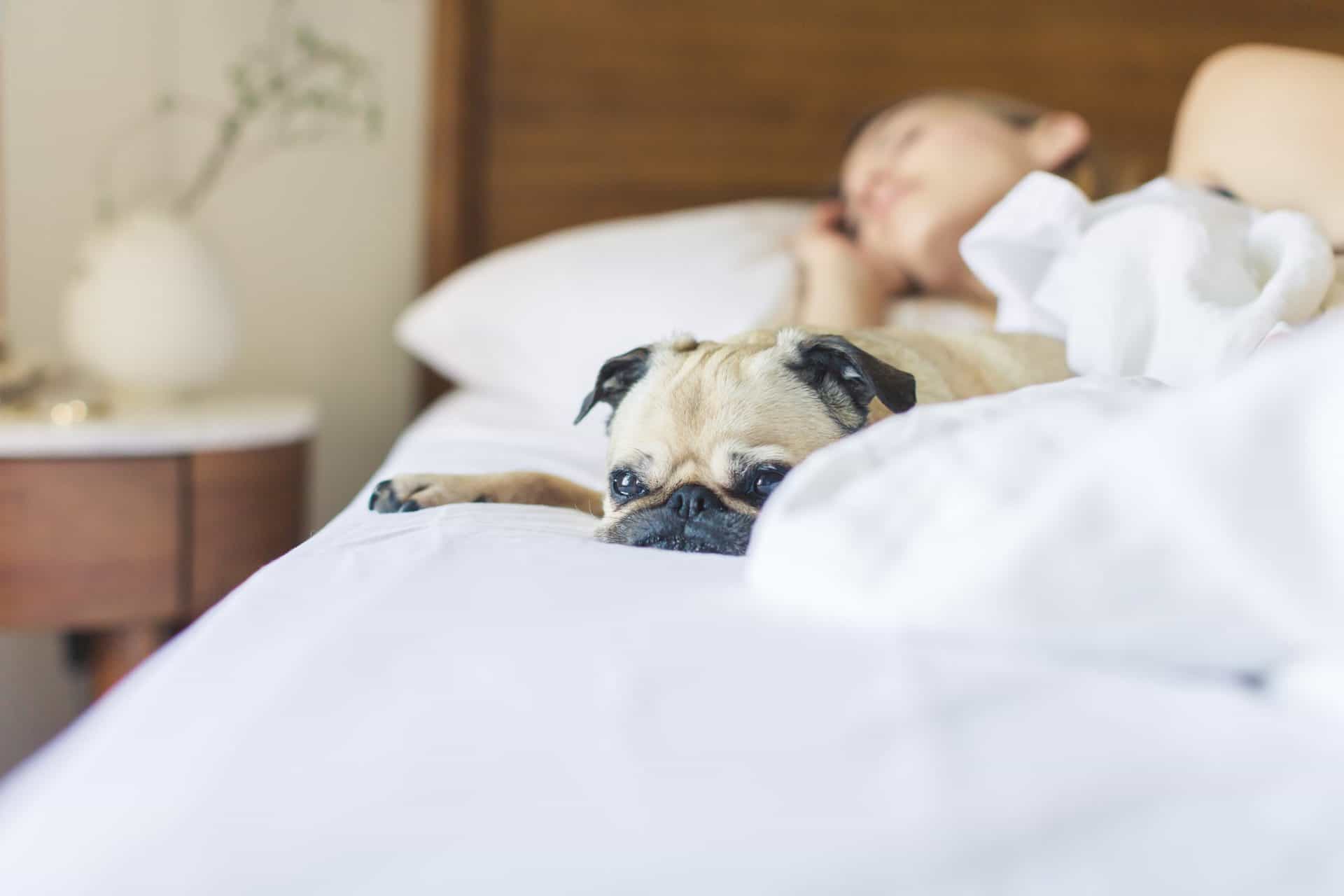

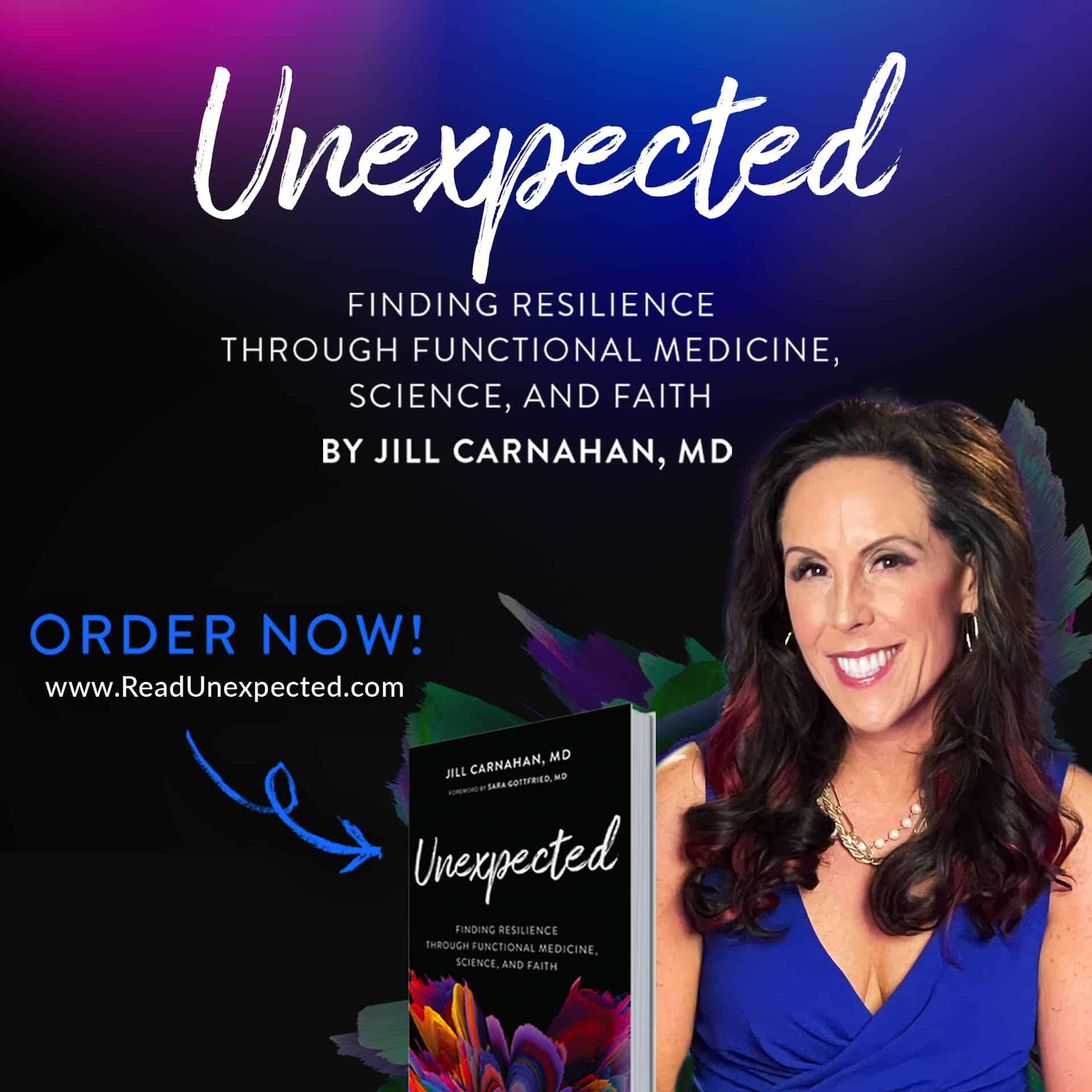

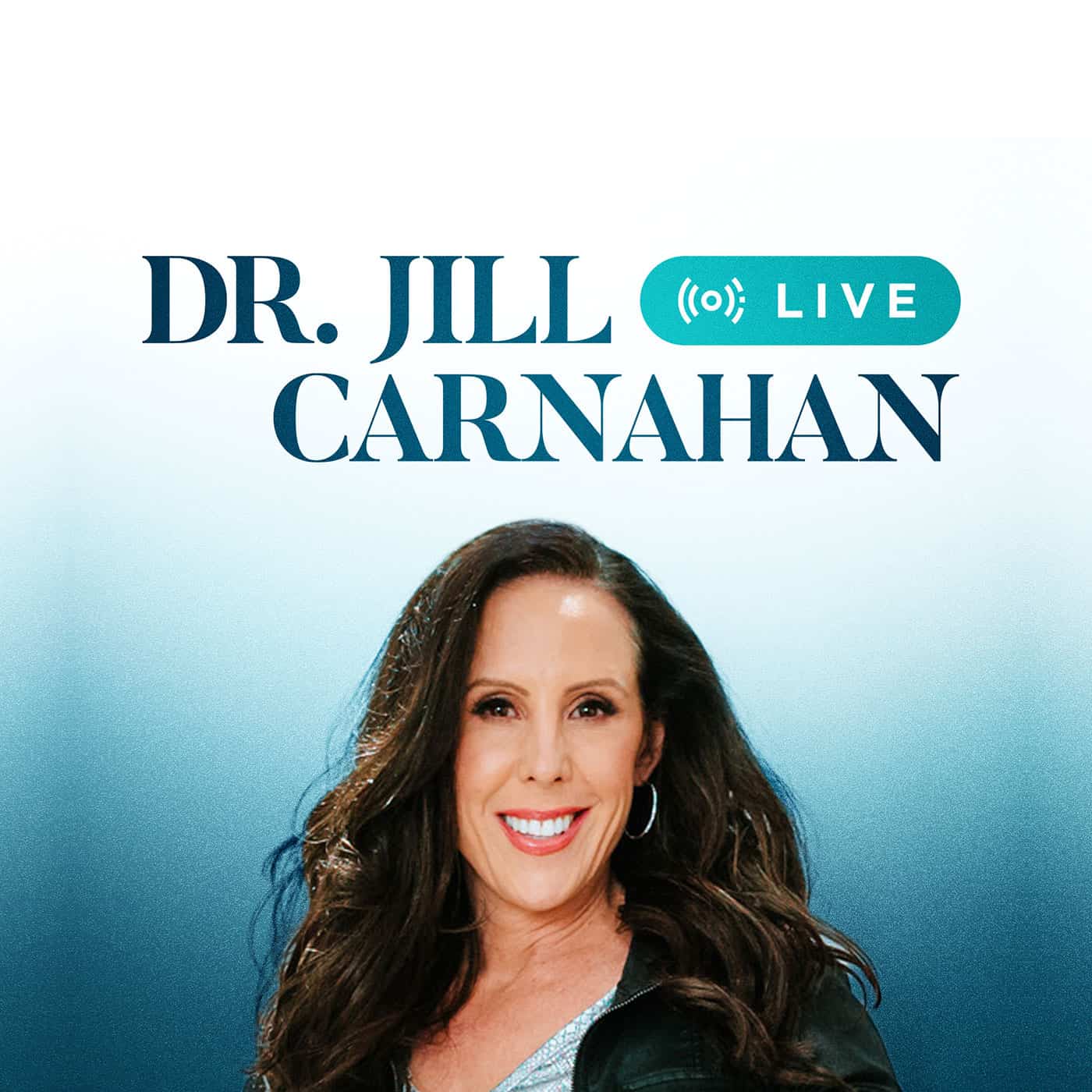
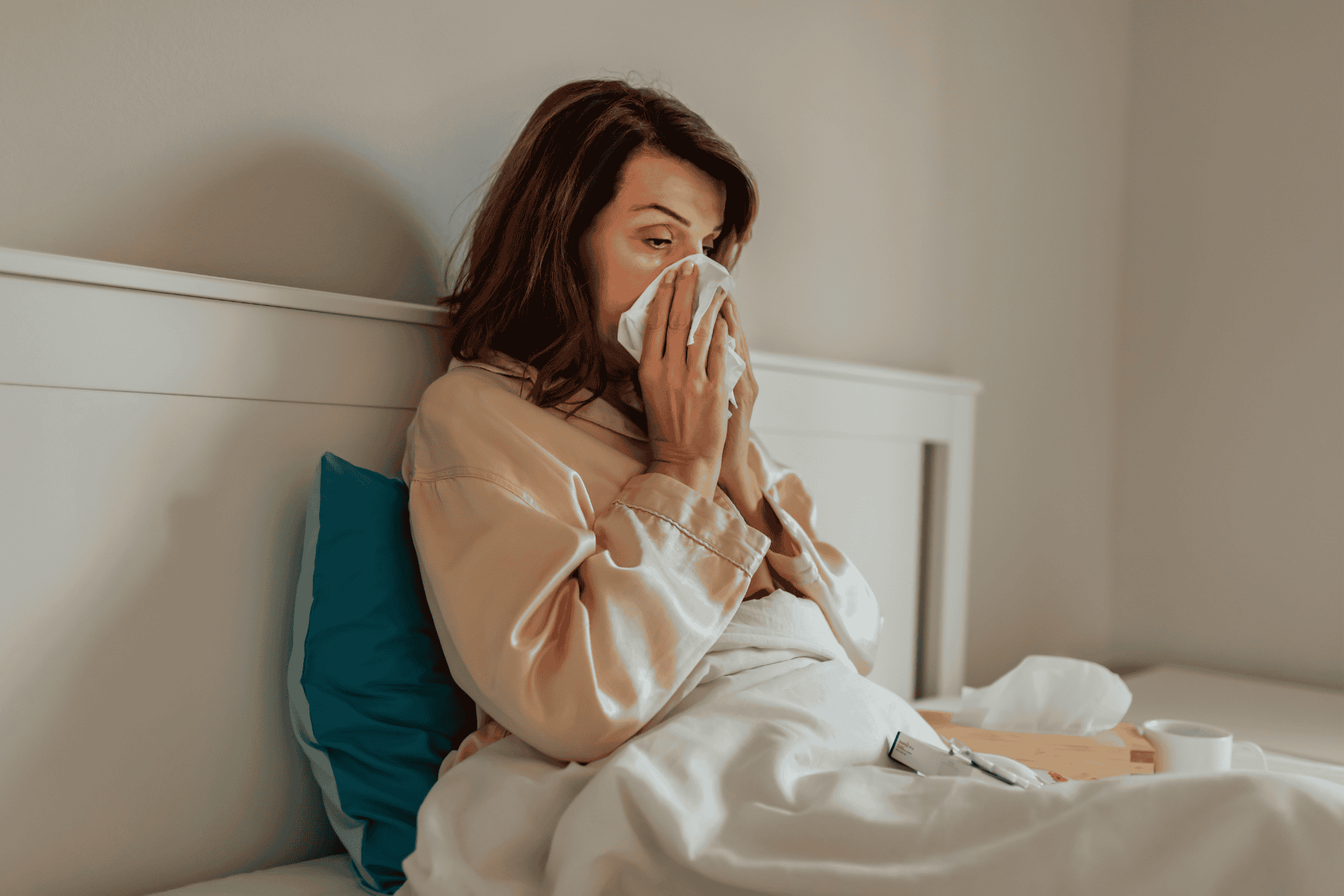



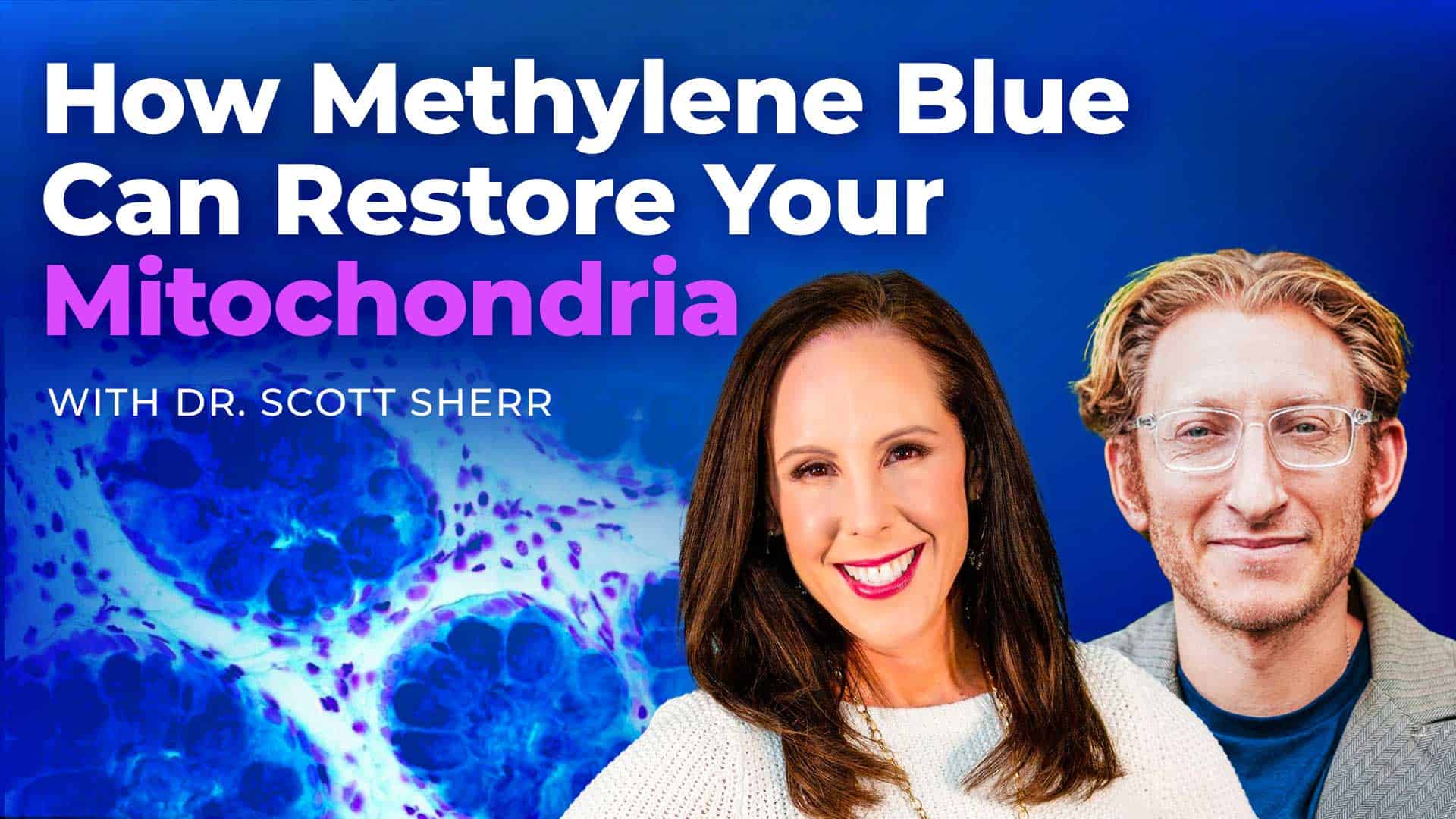
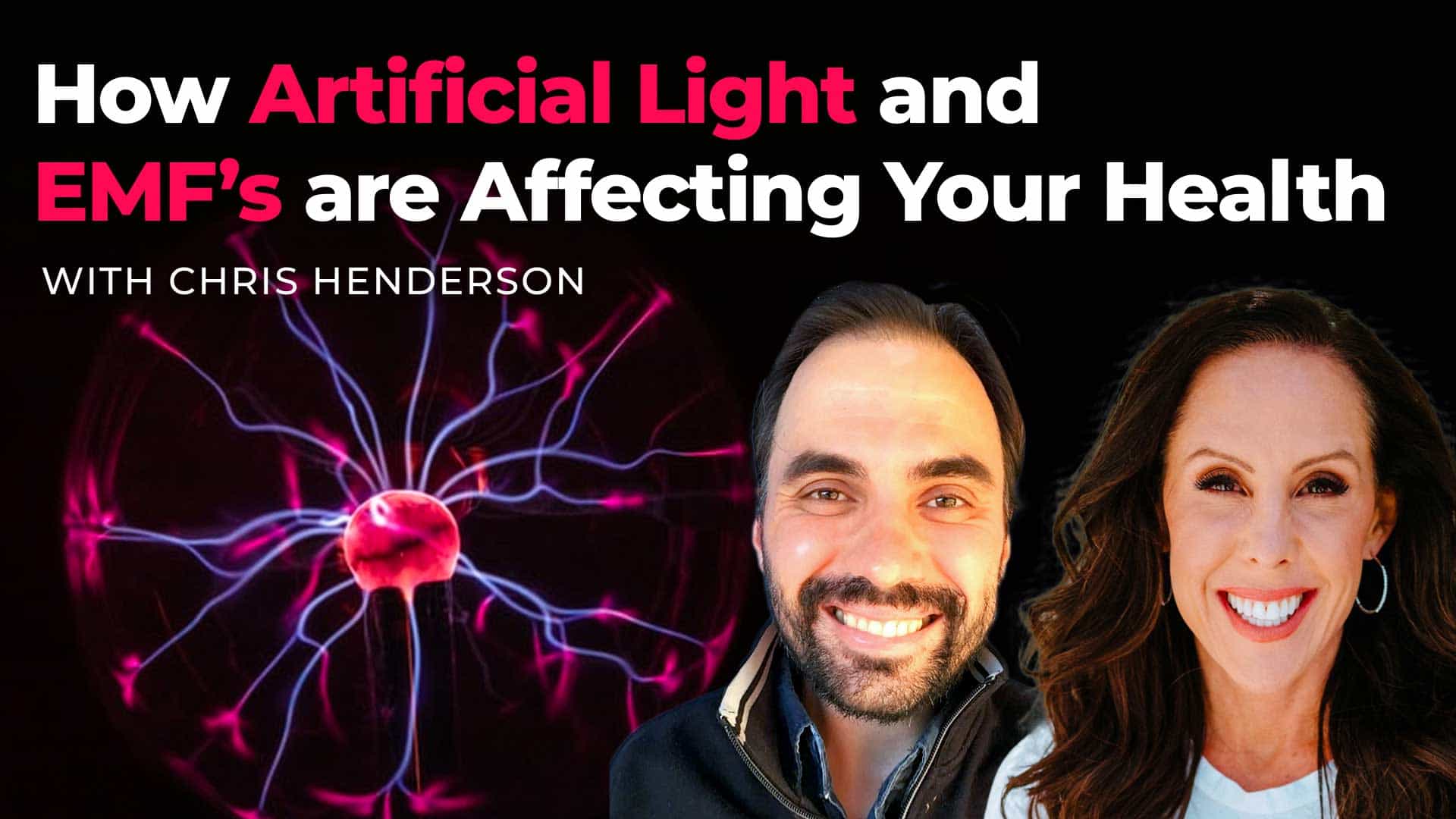
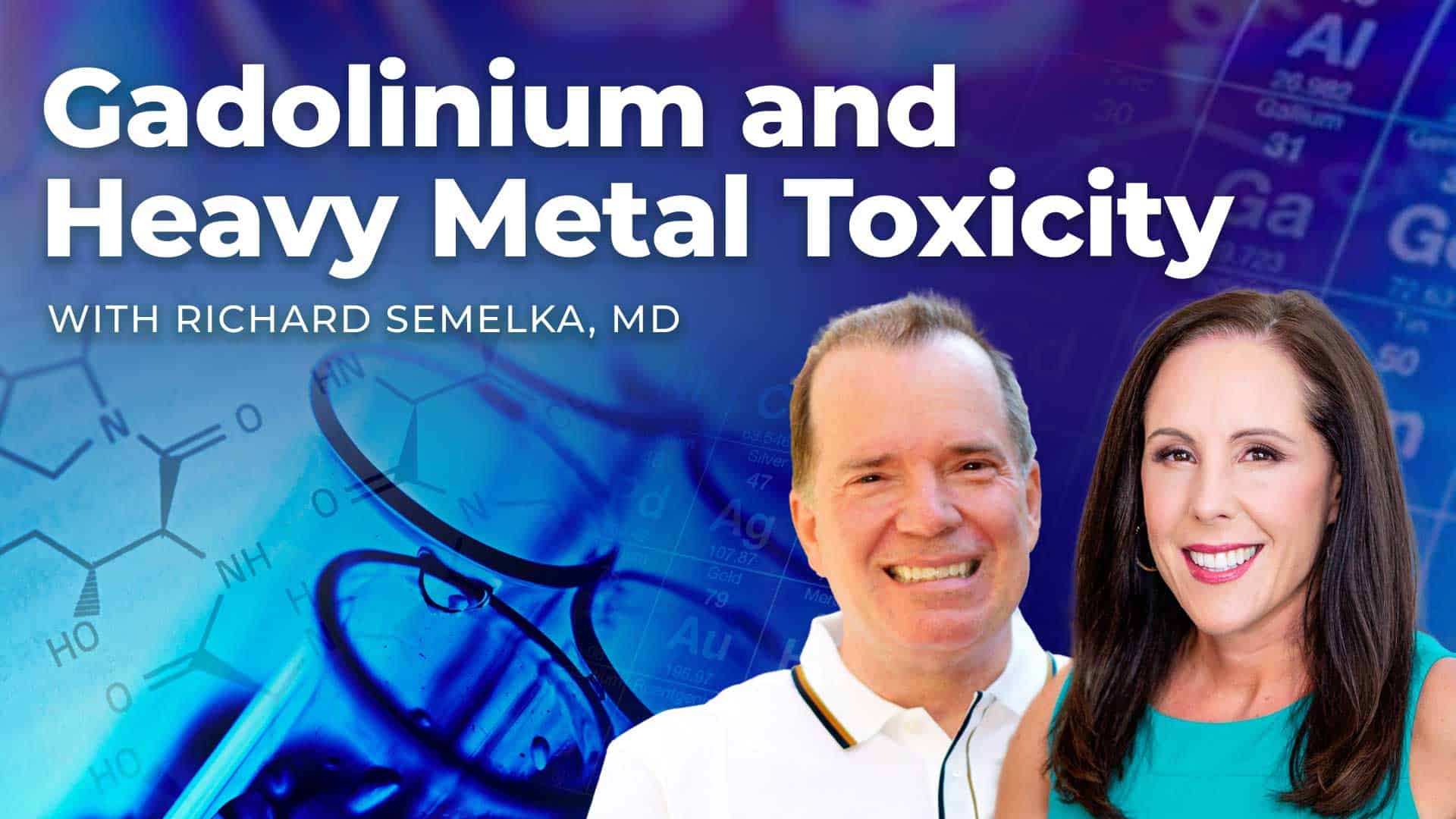
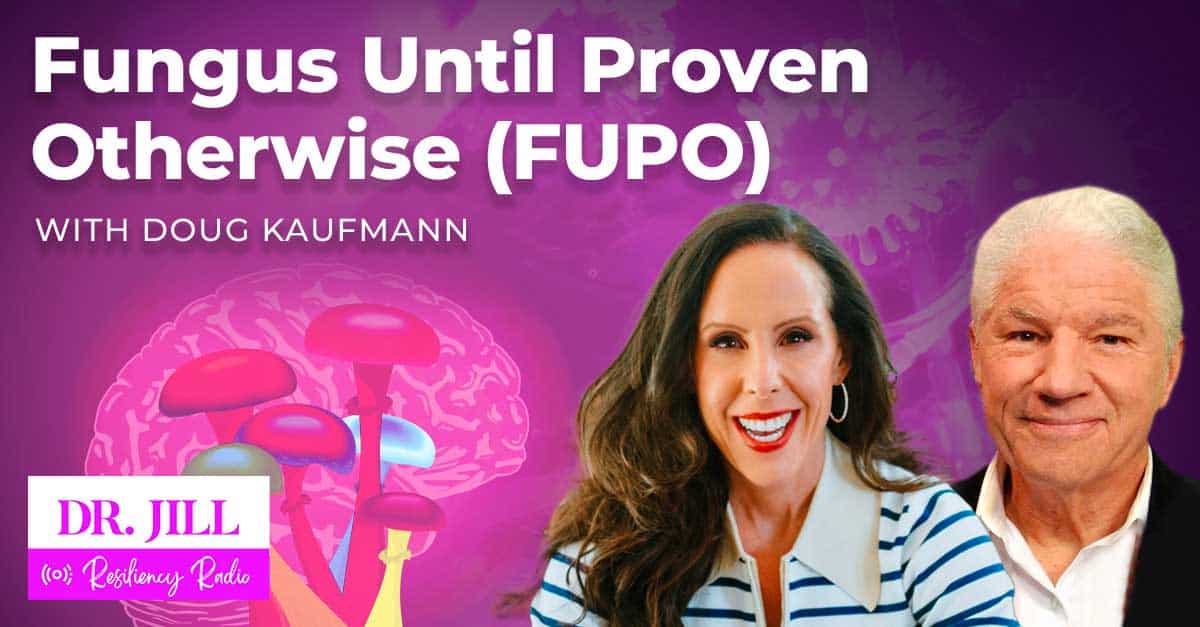


14 Comments
Hello,
Can anyone involved in this thread refer us to some of the top rated organic mattresses?
Or perhaps which mattresses worked well for you and why?
Many thanks,
Laura Miles
Dr. Carnahan recommends Naturepedic as her preferred choice (see above, at the very end of the article). And, in fact, Naturepedic is superior at eliminating chemicals, including flame retardant chemicals or barriers, formaldehyde, pesticides, GMOs, glues/adhesives, etc. As well, Naturepedic offers many model choices (including high-end luxury) and specializes in offering many comfort options in most of their models. That said, the Happsy brand is also certified organic like Naturepedic, and has all the other certifications like Naturepedic, but Happsy is set-up like the other direct-to-consumer bed-in-a-box brands that are less expensive but don’t offer all the comfort/firmness choices. So if cost is a factor, give Happsy a look.
Hi Laura,
I’ve had a LifeKind Organic Natural Latex Rubber queen size mattress i LOVE with a wood frame for box spring.
NO METAL or toxic chemicals! And so comfy,but very supporting. They have many options & choices.
Unlike a Memory Foam Mattress, no indentations are formed with heat. It bounces back like a rubber ball for immediate support wherever you need it when you move!
YES! After being diagnosed with Autoimmune Hashimoto’s (triggered by mold in the workplace) I gave up our old waterbed (i am guessing it was a bad kind of plastic!) I bought an organic Saatva wool mattress made with wool which meets the government’s fire retardant standards. I LOVE this mattress. I have no regrets and I can definitely recommend this. http://www.saatva.com
For those of us who cannot afford to buy a new mattress, a recommendation for a good mattress cover that is non-toxic and adequate to reduce those toxins would be really helpful. Thanks.
I am very interested in updating my 20+year-old Queen mattress. I am becoming more and more aware and concerned of toxin-release by objects in our homes, e.g. furniture, draperies, mattresses. Parents both got cancers, so I do believe in environmental exposures and causes, besides stress. Can you please recommend a specific organic Queen mattress from naturepedic line? TIA
We own a queen size organic wool mattress with a separate wool topper. Have had it since 2012. Loved it at first, but over time it sags in areas where the body weight is heaviest, hips etc. We have turned it as required, but it is very difficult to turn. You are supposed to sit it out in the sun twice a year, but we can’t get it outside…too heavy. After time you can send it back to the factory to be carded again, but that is expensive. Conclusion: I like sleeping on a chemical free mattress, but it has a lot of negative aspects in comfort and maintenance. It is also expensive. I have had to use a lot of pillows to try to support myself and get some good sleep. So consider your purchase carefully.
Naturpedic is great but it’s confusing there are metal spring coils in the mattresses and I’ve been told that this can pick up EMF and amplify it so that you are getting more EMF while sleeping. Ideally you turn your wifi router off at night, but my neighbours don’t and you can still pick up their wifi signal 24/7. Please advise.
I have been sick for 36 years with autoimmune disease and Lyme disease. Only diagnosed 3 years ago. I cannot get well. Do you think it is my mattress or Lyme will not leave my body.do you only recommend one mattress?
Hi Loree
If there is a question about your mattress, I recommend getting rid of it and getting a new one.
warmly
Dr. Jill
Is there a healthy mattress cover or mattress protector? Waterproof preferably?
My son sleeps on a natural latex matrix in an organic cotton cover. He has MCAS and many high histamine foods are cross-reactive with latex. Should I be concerned that his mattress may be causing some inflammation? He wakes up with allergy symptoms but I am not sure if they are possibly related to the mattress or his histamine fluctuating at hight. He has hard wood flooring and wool covers and pillow. Thank you
It is possible but wool is also a common allergen and I would be more suspicious of this than the latex.
Share: